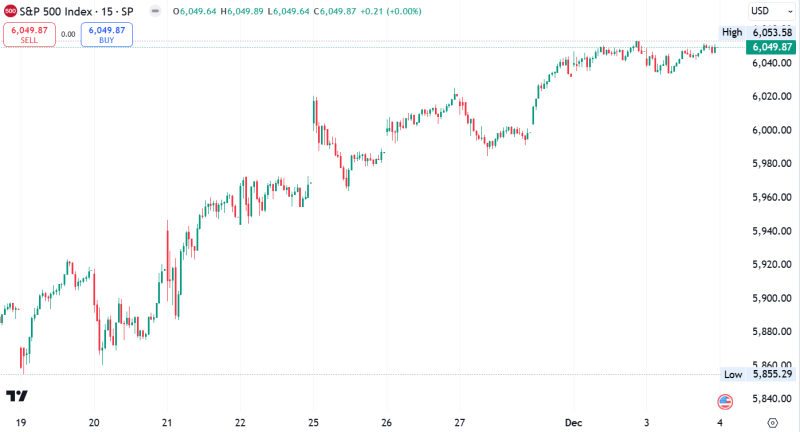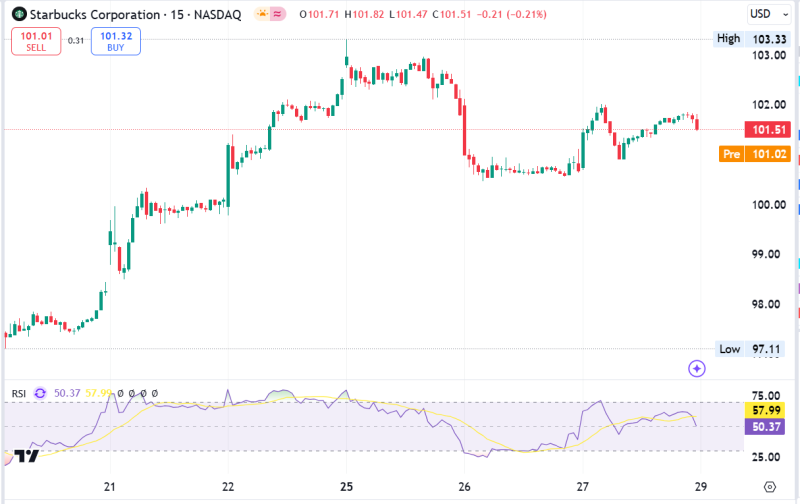
What Is Peer-to-Peer Cryptocurrency?
Peer-to-peer (P2P) cryptocurrency refers to a system where people can exchange information, data, or assets directly with each other without needing a central authority like a bank. This kind of setup allows for decentralized interactions between individuals and groups. It’s like everyone participating in the network has an equal say and contributes to how it works.
P2P networks have been used for various purposes, such as sharing files or music. For example, Napster was a popular platform where people could share music with each other. While it’s no longer around, it was a prime example of how P2P networks functioned in the past.
In the context of currencies, P2P means that people can exchange cryptocurrencies directly with each other, without involving banks or other financial institutions. This was made possible through encryption techniques and blockchain technology, which ensure that transactions are secure and trustworthy, even without a trusted third party overseeing them.
One big advantage of P2P networks, especially in the case of cryptocurrencies, is the security provided by blockchain. Since transaction records are stored on every computer in the network, it’s incredibly hard for anyone to tamper with them. This makes P2P transactions very secure and reliable.
Peer-to-peer (P2P) and centralized exchanges
Peer-to-peer and centralized exchanges are two main ways to buy, sell, and trade cryptocurrencies. They each have their own characteristics, benefits, and drawbacks.
Peer-to-peer cryptocurrency (P2P) exchanges:
Decentralized nature: P2P exchanges let users trade directly without middlemen. They negotiate prices and terms with each other.
Privacy: P2P exchanges offer more privacy because users don’t have to share personal info with the platform. Transactions happen directly between users.
Lower fees: P2P exchanges usually have lower fees than centralized ones because they don’t have to manage as much infrastructure.
Global accessibility: P2P exchanges allow users from anywhere to trade cryptocurrencies, making it easier for people in different regions to participate.
Centralized exchanges:
Ease of use: Centralized exchanges are easy to use, with simple interfaces that appeal to both beginners and experienced traders.
Liquidity: Centralized exchanges have higher liquidity, meaning there are more buyers and sellers available. This results in faster transactions and better prices.
Security measures: These exchanges have strong security measures, including authentication methods, secure storage for funds, and insurance against theft.
Regulatory compliance: Centralized exchanges follow regulations, providing users with a sense of security and legitimacy.
Comparison:
Security: Centralized exchanges are more secure due to their control and resources, but hackers can also target them. P2P exchanges are less likely to be hacked because they’re decentralized.
Privacy: P2P exchanges offer more privacy since users don’t need to go through identity verification like on centralized platforms.
Fees: P2P exchanges generally have lower fees, but it can vary depending on the payment method and volume. Centralized exchanges may charge higher fees but offer more services.
Regulatory compliance: Centralized exchanges follow regulations, while P2P exchanges may operate in a legal gray area, leading to uncertainty for users.
What makes cryptocurrencies so important?
In today’s world, cryptocurrency has become a powerful force that’s shaking up how we handle money. It’s a type of digital money that’s kept secure using complex math. Unlike regular money, it doesn’t rely on banks or governments. Instead, it runs on networks spread out across many computers, using something called blockchain.
Here are some important things to know about cryptocurrency:
Financial access
Cryptocurrency could help more people access banking services, especially in places where banks are scarce. Anyone with the internet and a digital wallet can join in, even if they don’t have a traditional bank account.
Decentralization
Cryptocurrency works without banks or intermediaries. People can make transactions directly with each other, which makes things more transparent and secure. It also means there’s less chance of someone controlling or stopping transactions.
Price changes
Cryptocurrency prices can change a lot and quickly. This happens because of things like how people feel about the market, new rules, or advances in technology. It’s great for people who like to invest, but it can also be risky.
Rules and regulations
Governments and regulators are still figuring out how to deal with cryptocurrency. They’re trying to make sure it’s safe for people to use and doesn’t get involved in illegal activities like money laundering.
Getting popular
Even with some challenges, more and more businesses and banks are starting to accept and use cryptocurrency. This shows it’s gaining trust and becoming a more normal way to do business.
Other uses
Cryptocurrency isn’t just for buying stuff. It’s being used for lots of other things too, like making loans, creating digital artwork, and even helping people in need by making it easier to send money to places with limited access to traditional banking.
Blockchain
Blockchain is a revolutionary technology that underpins cryptocurrencies like Bitcoin, but its applications extend far beyond digital currencies. At its core, blockchain is a decentralized and distributed ledger system that records transactions across a network of computers in a secure and transparent manner.
Here’s how blockchain works:
Decentralization
Traditional databases are centralized, meaning they are controlled by a single entity like a bank or government. In contrast, blockchain operates on a decentralized network of computers, called nodes, which are spread out across the globe.
Each node has a copy of the entire blockchain, ensuring that there is no single point of failure and no need for a central authority to validate transactions.
Blocks and chains
Transactions are grouped together into blocks and added to the blockchain in a sequential and immutable manner. Each block contains a cryptographic hash of the previous block, creating a chain of blocks that forms the blockchain. This ensures the integrity and security of the entire transaction history, as any attempt to alter a single block would require changing all subsequent blocks, which is computationally infeasible.
Consensus Mechanisms
Blockchain networks rely on consensus mechanisms to ensure that all nodes agree on the validity of transactions before they are added to the blockchain. Examples of consensus mechanisms include proof of work (used by Bitcoin) and proof of stake.
These mechanisms prevent double-spending and other fraudulent activities by requiring nodes to expend computational resources or stake cryptocurrency to validate transactions.
Security and transparency
Blockchain is often touted for its security and transparency. Transactions recorded on the blockchain are cryptographically secured, making it extremely difficult for unauthorized parties to tamper with or alter transaction data.
Furthermore, the transparent nature of blockchain allows anyone to view the entire transaction history, promoting trust and accountability in the system.
Applications
While blockchain’s most well-known application is in cryptocurrencies, its potential extends to various industries such as supply chain management, healthcare, finance, and voting systems.
It is noteworthy that blockchain can streamline processes, reduce costs, and increase transparency and trust in a wide range of applications, making it one of the most promising technological innovations of the modern era.
The post What Is Peer-to-Peer Cryptocurrency? appeared first on FinanceBrokerage.










